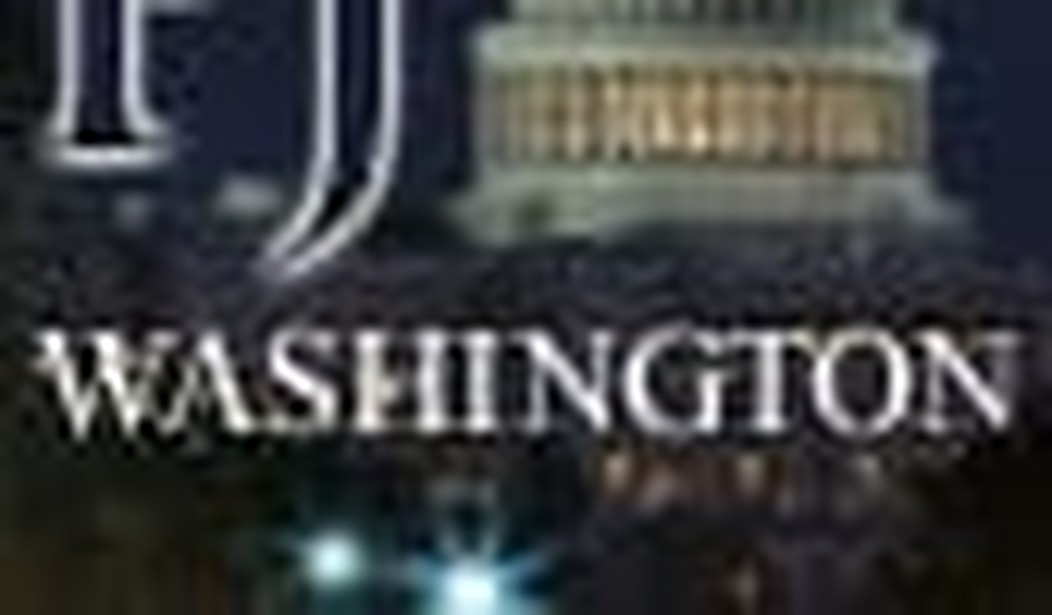Two important issues will dominate the Federal Reserve’s agenda during its last meeting of the year – the next step after “Operation Twist” expires and the potential adoption of thresholds to signal when the time has come to allow interest rates to rise.
It is likely that the Federal Reserve will announce further asset purchases after the conclusion of its Federal Open Market Committee meeting set to take place Tuesday and Wednesday, as many Fed officials have recently voiced their approval of increasing monthly bond purchases once the current program expires.
Eric Rosengren, president of the Boston Federal Reserve Bank, said there was a “strong case” for the continuation of the Fed’s accommodative policies and large-scale bond purchases next year.
The end of Operation Twist, an initiative of simultaneously selling short-term Treasuries (under 3-year duration) and buying the same amount of longer-term bonds (above 6-year duration) in a bid to lower long-term interest rates, means the Fed must decide what to do after the program expires at the end of this year. The program called for the Fed buying approximately $45 billion in bonds per month.
“With Operation Twist ending, that means they’ve run out of short-dated securities to sell in order to purchase more, so what they’ve got to move from now is buying up pure $40 billion per month of mortgage-backed securities and compensate for the loss of [$40-45 billion per month],” said Andrew Wilkinson, chief economic strategist at Miller Tabak. The $40 billion alluded to by Wilkinson is the third round of quantitative easing (QE3), an open-ended program buying $40 billion mortgage-backed securities per month, which is in addition to the bond purchases part of Operation Twist.
JP Morgan expects the central bank to announce this week $85 billion per month of asset purchases in 2013 – $45 billion Treasuries and $40 billion mortgage-backed securities – essentially the same size as it is now via Operation Twist and QE3.
The other important topic into consideration this week – the creation of numerical thresholds to indicate when interest rates will start rising again – will also mark the future of monetary policy for the coming years. Currently, the Fed has set a date (mid-2015) as the earliest time at which it anticipates that rates might be warranted to rise.
“The [Fed] might eliminate the calendar date entirely and replace with guidance on economic conditions that would need to prevail before liftoff of the federal funds rate might be judged appropriate,” said Fed Vice Chair Janet Yellen in a speech last month.
The central bank would base these thresholds on inflation and unemployment rates. The purpose of this is to make a credible commitment that convinces investors that long-term interest will remain low, while allowing the Fed to react promptly to changing economic conditions.
Bernanke’s Potential Exit
According to sources close to Ben Bernanke, the chairman will step down after his current term expires in January 2014. If Bernanke leaves, then his successor will have to deal with the legacy of a more transparent and responsive central bank.
Under Chairman Bernanke, the central bank has pursued a goal of transparency that has communicated its policy intentions more clearly to investors– a departure from the traditionally secretive business of monetary policy. A job typically suitable for introverts, Bernanke has given many television interviews and participated in the Fed’s first press conference in its history, which means that his successor will not only have to be able to set monetary policy but also to explain it to the public.
The names of some of the potential candidates have started to emerge, such as Larry Summers and Janet Yellen. President Obama appointed Yellen to her current position as vice chair, and she is likely to top the candidate list because of her experience working many years for the central bank, ensuring a smooth transition. Whomever Obama appoints, we should expect to see the slow confirmation process start sometime around May next year.
Bernanke, initially appointed by President George W. Bush, was nominated for a second term by Obama in 2009. During Bernanke’s second term, the Fed has pursued unconventional efforts to spur growth, prompting criticism from many Republicans. With Obama staying in the White House for another four years, he might choose to provide the continuity that markets find so reassuring, opening the door for a potential third term for Bernanke.
The close relationship between federal government and central bank has seen the Fed’s Treasury bond holdings expand to almost $3 trillion and its holdings of mortgage-backed securities to $884 billion. A change in this relationship is unlikely to occur anytime soon, as both government and Fed officials are still pushing for a substantial improvement in the labor market. The announcement following the meeting this week might just confirm that.









Join the conversation as a VIP Member